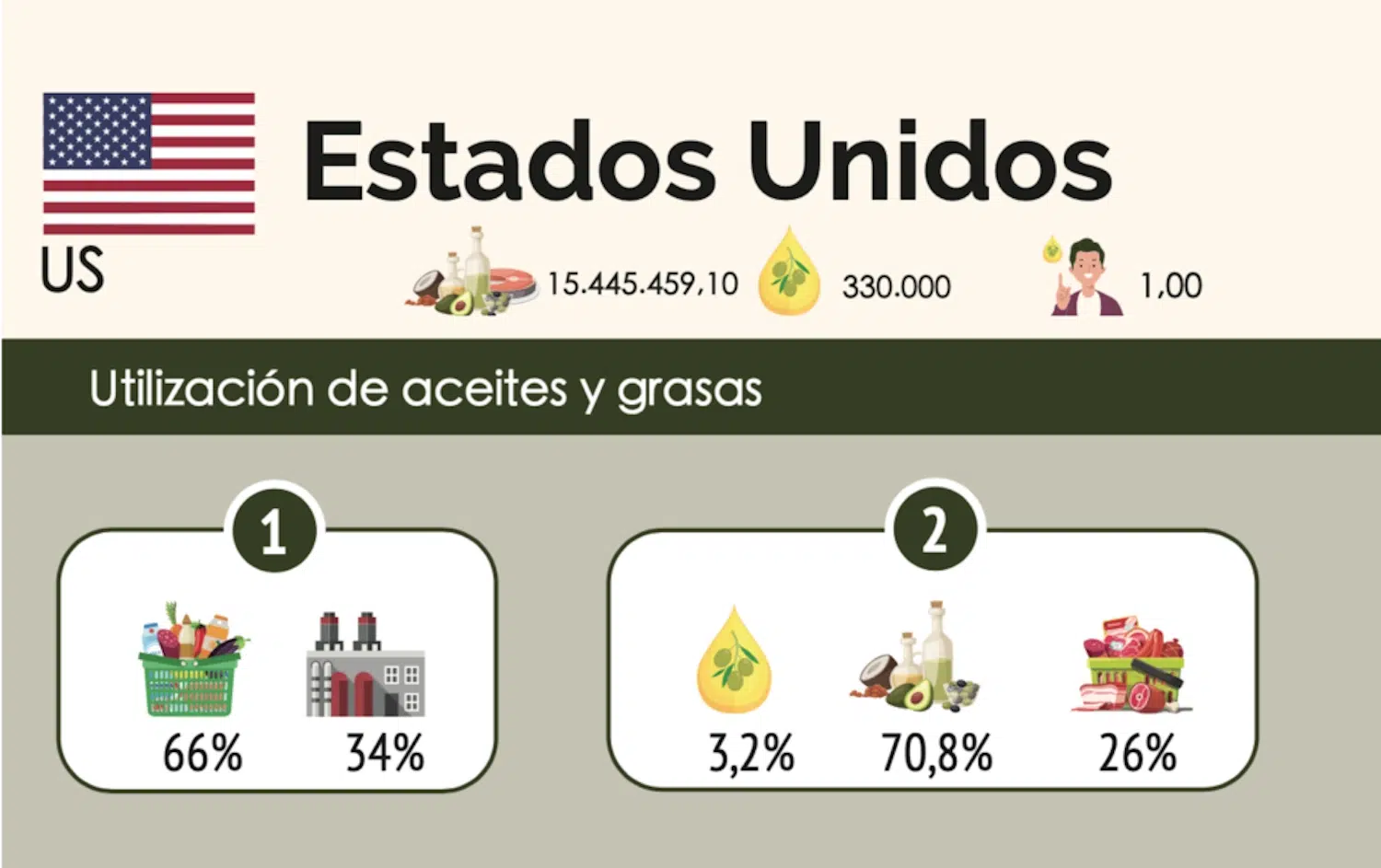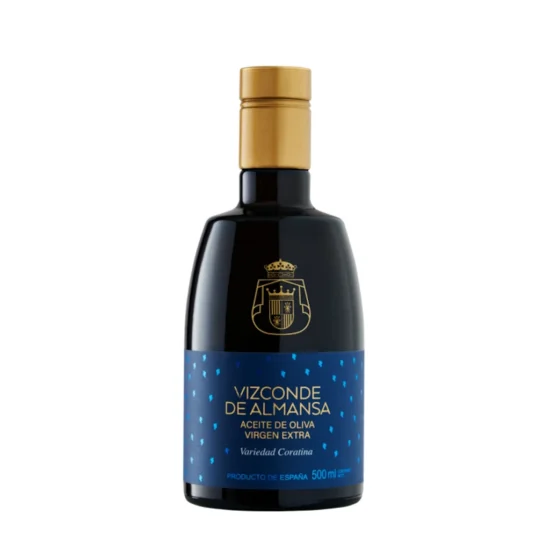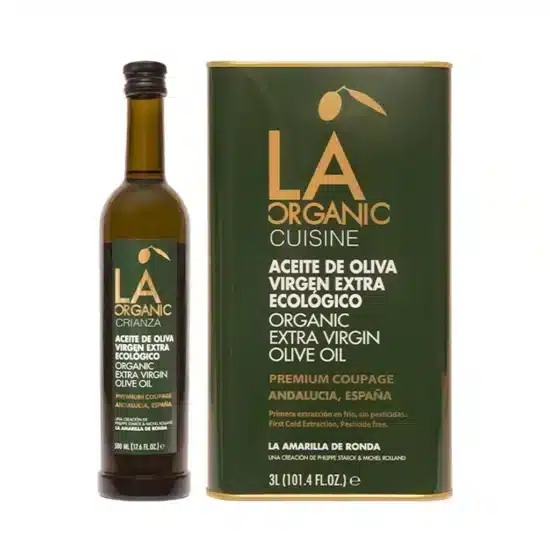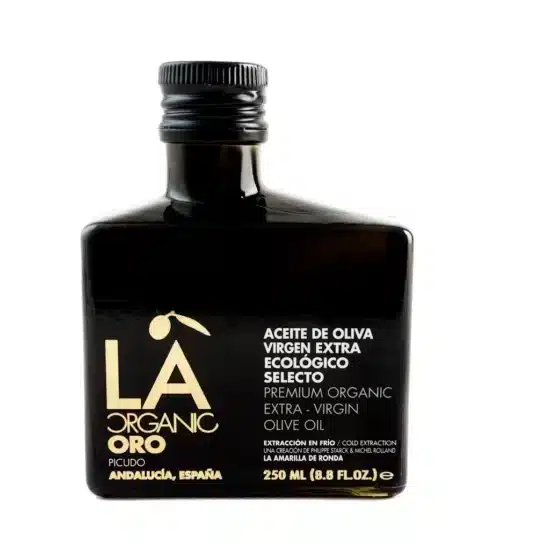
Olive oil consumption in the United States has experienced exponential growth in recent decades, radically transforming the global market landscape. What was once exclusive to the Mediterranean diet has now become a staple in American households, driven by a growing awareness of its health benefits and culinary versatility.
With nearly 400,000 tons consumed annually, the United States has established itself as the second-largest consumer of olive oil worldwide, surpassing Italy and approaching Spain. This milestone not only reflects a change in American eating habits but also signals a profound transformation in the dynamics of the international olive oil market.
As the world’s leading producer of olive oil, Spain plays a key role in supplying the US market. Spanish imports represent a significant portion of total US consumption, and Spanish brands such as Bertolli and Pompeian are market leaders.
Despite the boom in consumption, the olive oil market in the United States faces significant challenges:
The future of olive oil consumption in the United States looks promising, with significant growth potential. As American consumers continue to value the health benefits and culinary versatility of olive oil, demand is expected to continue to increase.
To sustain this growth, it is critical to address existing challenges, such as import dependence and the risk of fraud. At the same time, it is important to capitalize on market opportunities, such as the growing demand for high-quality olive oils and the expansion of distribution through online sales channels.
In short, olive oil consumption in the United States is transforming the global market and is expected to continue to play an increasingly important role in the American diet and culinary culture.
Important Note: aceitedelcampo.com promotes the consumption of extra virgin olive oil for its culinary qualities and health benefits. However, no medication or current treatment should be replaced without the guidance of a healthcare professional.




ALZAYT EXPORT SL
info@aceitedelcampo.com
C/ Eduardo Bosca 19, 2-5
46023 Valencia
Subscribe and receive a coupon by email for your next purchase.